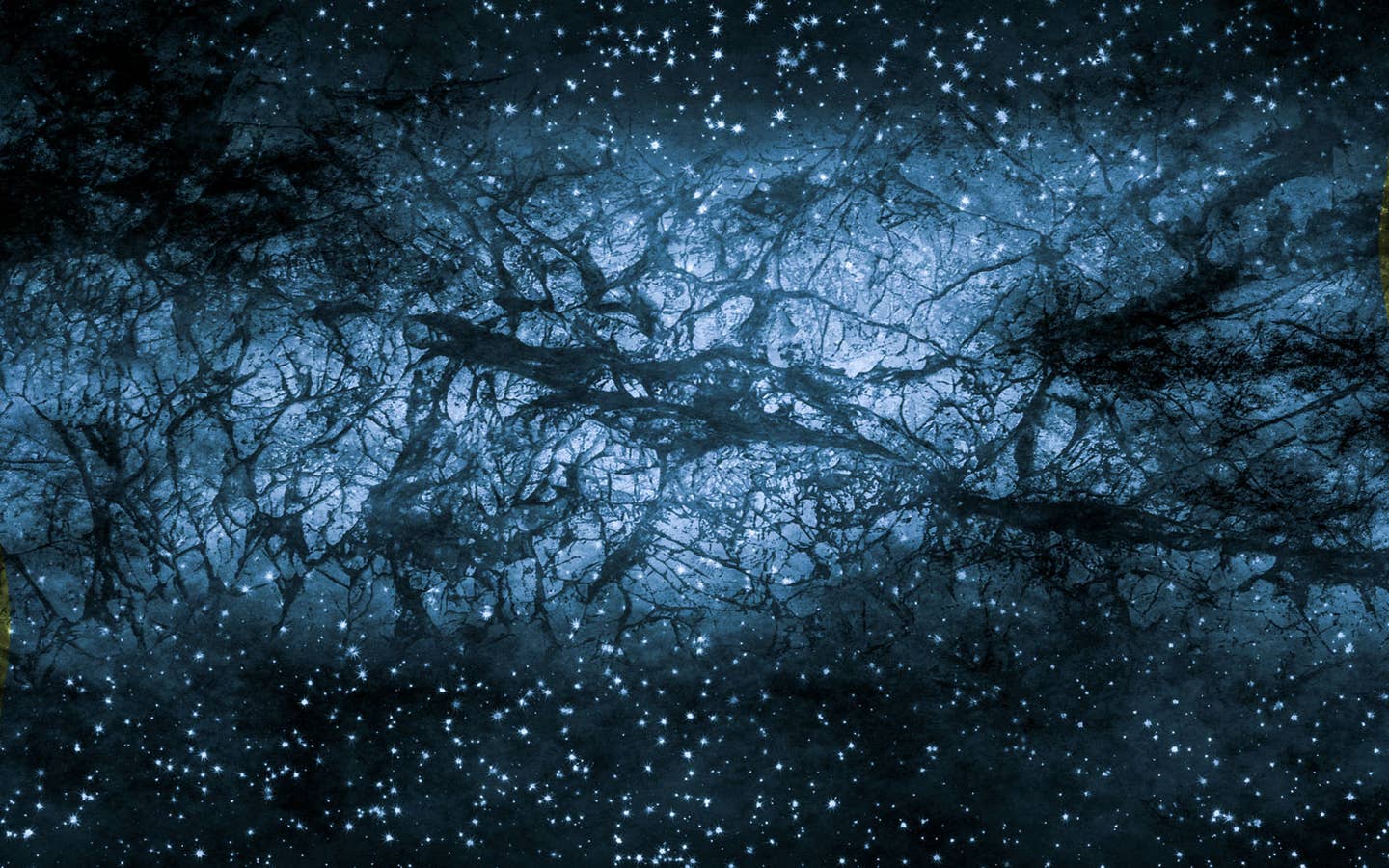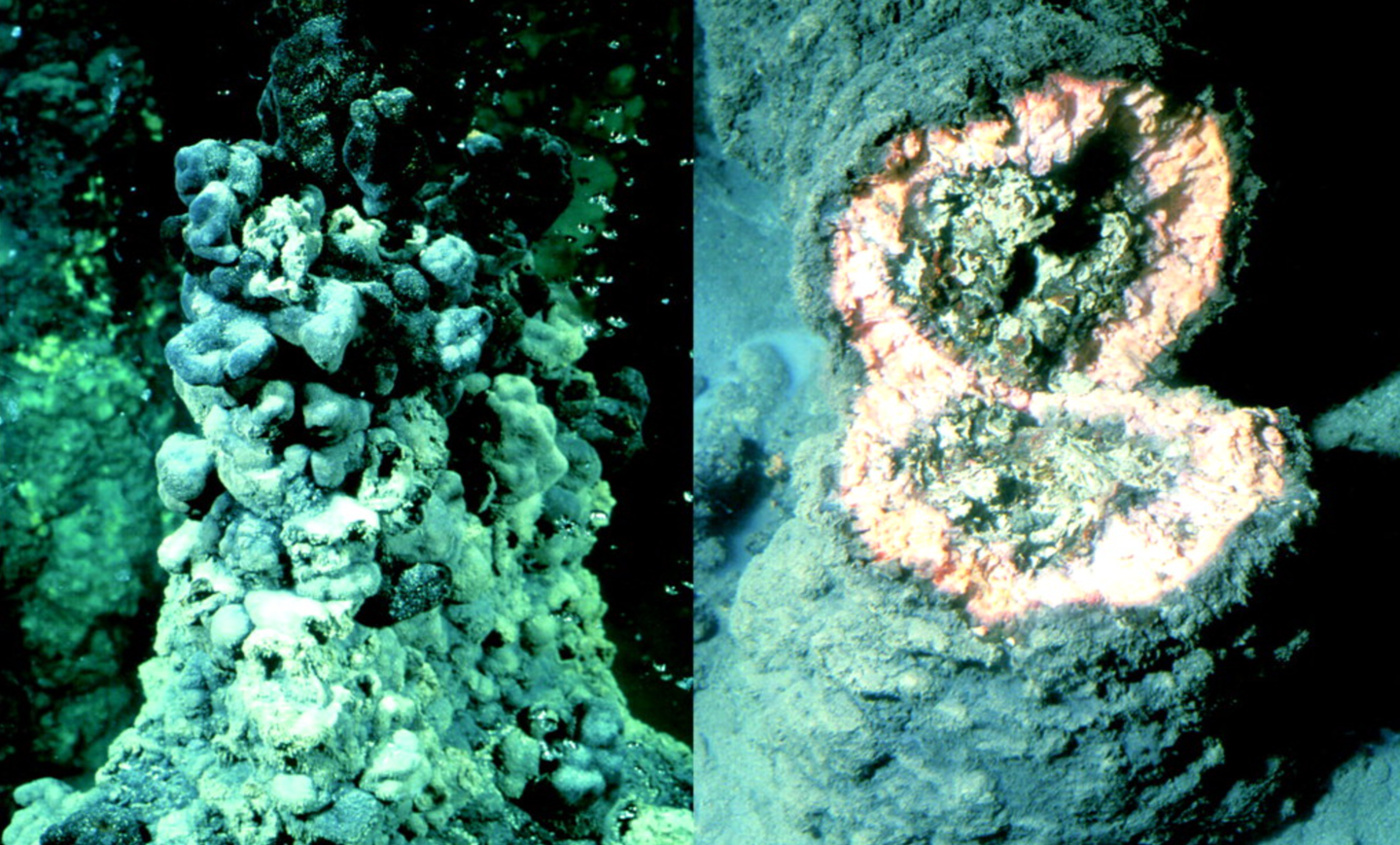Dark matter particles may live longer than the universe itself, study finds
If ALPs do exist in the mass range of 1.8 to 2.7 electron volts, they must be incredibly stable—lasting a hundred million times longer than the universe itself.

Axion-like particles remain promising dark matter candidates but must be extremely long-lived if they exist. (CREDIT: Shutterstock)
For more than half a century, scientists have tried to understand dark matter—a mysterious form of matter that doesn’t emit or absorb light but is thought to make up most of the universe’s mass. Its presence shapes galaxies and influences how stars move, yet no one has seen it directly. Despite countless studies and theories, the actual particle behind this cosmic riddle remains unknown.
Now, a team of researchers led by Associate Professor Wen Yin from Tokyo Metropolitan University may have brought the scientific community one step closer. Using some of the world’s most advanced infrared equipment, they tested a new method to detect possible signs of dark matter decay. Though the elusive particle still hides in the shadows, this bold effort has yielded one of the most precise results yet—and may help guide future discoveries.
What Makes Dark Matter So Hard to Find?
Scientists believe dark matter exists because of how galaxies behave. According to Einstein’s general theory of relativity, mass warps space and time. But when astronomers looked at the way galaxies spin, the visible matter wasn’t enough to explain the movement. Something unseen had to be adding mass—and that’s how the idea of dark matter was born.
The trouble is, dark matter doesn’t interact with light or the other fundamental forces except gravity. This makes it incredibly hard to detect. Over the years, scientists have proposed different particle candidates that might explain it, like weakly interacting massive particles (WIMPs) and axion-like particles (ALPs). These theoretical particles don’t behave like regular matter, but they might leave subtle clues behind—if you know where to look.
A New Focus on Axion-like Particles
Among the many candidates for dark matter, ALPs have been getting more attention. These theoretical particles can decay into two photons, or light particles. If ALPs exist in certain mass ranges—specifically between 0.01 and 7.7 electron volts—they could show up as faint, narrow emissions of infrared light in the sky.
Models predict that ALPs with masses around 2 electron volts could help explain mysterious excesses in the cosmic infrared background. And if their interaction strength with photons is strong enough—about the level of a gigaelectronvolt—they might even explain more than one strange signal at the same time. These exciting possibilities motivated scientists to test ALP theories using new tools.
Related Stories
- Laser-excited thorium-229 pioneers major breakthrough in dark matter detection
- Dark dwarf stars lurking at the center of our galaxy could reveal the true nature of dark matter
- Microscopic magnet powers search for dark matter in the universe
Infrared Spectrographs Become Particle Hunters
That’s where Yin and her team stepped in. Working with researchers from Kyoto Sangyo University, the National Astronomical Observatory of Japan, the University of Tokyo, and other institutions, they used a powerful device called WINERED. Short for Warm Infrared Echelle Spectrograph for Realizing Extreme Dispersion and Sensitivity, this tool was developed in Japan and installed on the 6.5-meter Magellan Clay Telescope in Chile.
WINERED can measure light between 0.9 and 1.35 micrometers, with a spectral resolution of up to R=68,000. This level of detail makes it perfect for spotting the narrow spectral lines that would appear if an ALP decayed into light.
Yin’s team aimed this instrument at two dwarf galaxies: Leo V and Tucana II. These galaxies are ideal for dark matter searches because they have low background noise and lots of dark matter compared to visible matter. On July 6, 2023, they observed Leo V for an hour, followed by 30 minutes of blank sky to filter out background light. On November 2, 2023, they did the same with Tucana II, observing for 1.2 hours and including 0.7 hours of blank sky.
The goal was to look for any unexpected bursts of infrared light—possible signs of dark matter decay.
The Results: No Signal, But Stronger Limits
In the end, no clear signal of ALP decay appeared in the data. But this didn’t mean the experiment failed. Quite the opposite—the absence of a signal allowed the team to set some of the strongest limits ever on the lifetime of these particles.
If ALPs do exist in the mass range of 1.8 to 2.7 electron volts, they must be incredibly stable—lasting at least ten to a hundred million times longer than the age of the universe. This result narrows the window for future experiments and gives scientists better targets to aim for.
This method also proved valuable on its own. Unlike other techniques that rely on background models and indirect effects, this approach directly searched for spectral lines. That makes the results more robust and less dependent on theoretical assumptions.
A Promising Path Forward
The team’s findings appeared in Physical Review Letters, one of the most respected journals in physics. While no dark matter was found, the experiment opens a new door for how to search for it.
This study also complements efforts using space-based tools like the Near-Infrared Spectrograph (NIRSpec) aboard the James Webb Space Telescope. That method looks for dark matter by subtracting broad background spectra, but it has limits—especially in parts of the sky where dust and gas get in the way. Ground-based infrared spectrographs, like WINERED, can help fill those gaps.
Yin and her team even noticed some minor anomalies—subtle excesses in the data—that may hint at something worth exploring further. These irregularities didn’t qualify as detections, but they could be clues. More observation and better tools may be able to confirm or rule them out.
Chasing a Cosmic Ghost
Understanding dark matter remains one of science’s greatest challenges. It shapes the structure of the universe, but hides in plain sight. With new technology and creative methods, scientists are slowly tightening the net around this elusive particle.
The research by Yin and her collaborators shows that even a “non-detection” can push science forward. By setting better limits and proving new methods, they’ve brought us closer to answering a question that has haunted physics for generations.
Dark matter may still be out there in the dark, but scientists are now better equipped than ever to find it.
Note: Materials provided above by The Brighter Side of News. Content may be edited for style and length.
Like these kind of feel good stories? Get The Brighter Side of News' newsletter.



